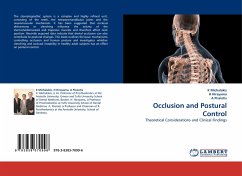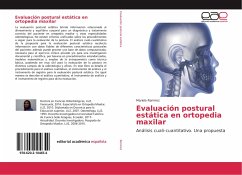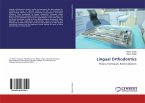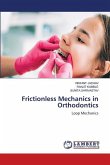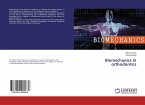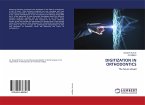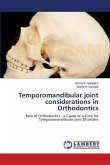Over the last 100 years, many theories have attempted to explain the cause of malocclusion. Most have stated that it is inherited, but, more recently, greater emphasis has been placed on the influence of the environment, especially the activity and the posture of the oral soft tissues. Unfortunately, it is not possible to measure long-term posture with any precision, and this has reduced its perceived importance. When some evidence is missing and much of the rest conflicting, there is merit in moving from the traditional "prove-it" attitude to philosophical reasoning to separate the probable from the improbable. We do not know to what extent posture and parafunction might be inherited, but there can be no doubt that facial and dental structures are, at times, strongly influenced by the soft tissues and that some malocclusions appear to have a postural basis.
Hinweis: Dieser Artikel kann nur an eine deutsche Lieferadresse ausgeliefert werden.
Hinweis: Dieser Artikel kann nur an eine deutsche Lieferadresse ausgeliefert werden.


